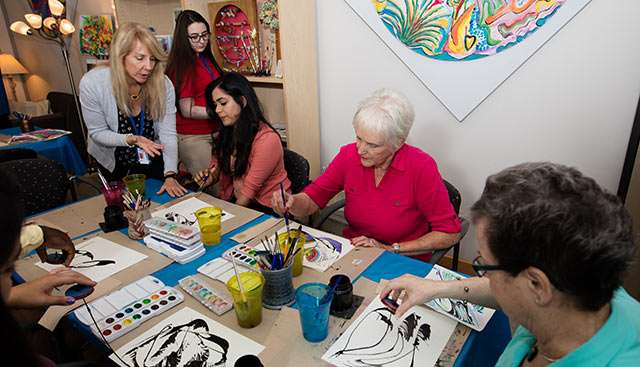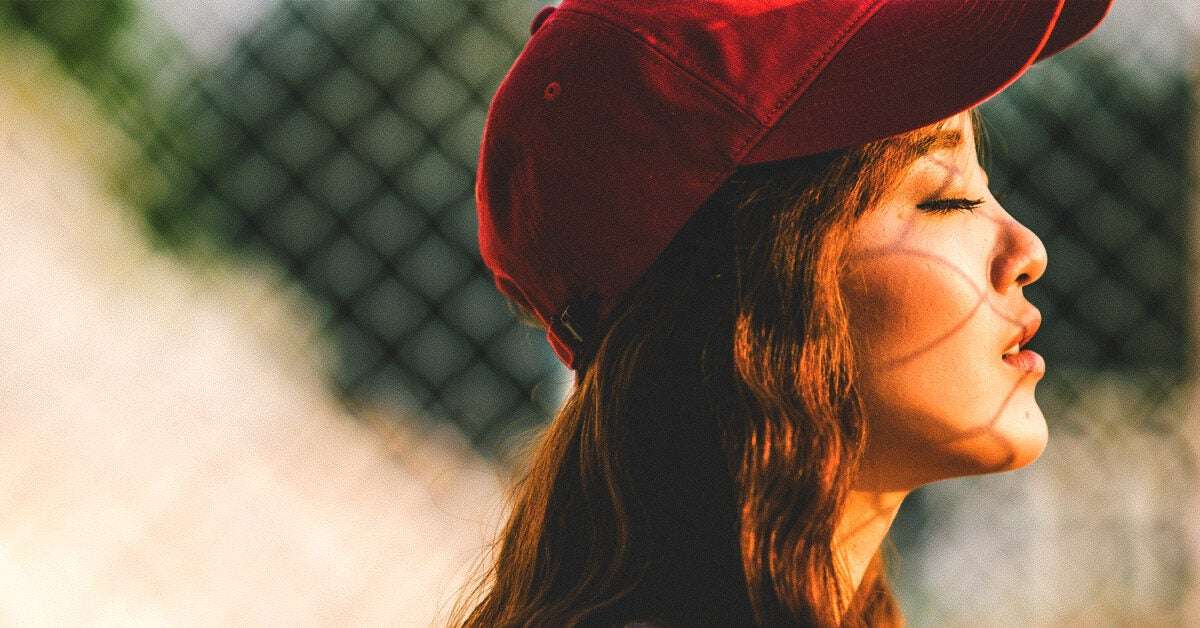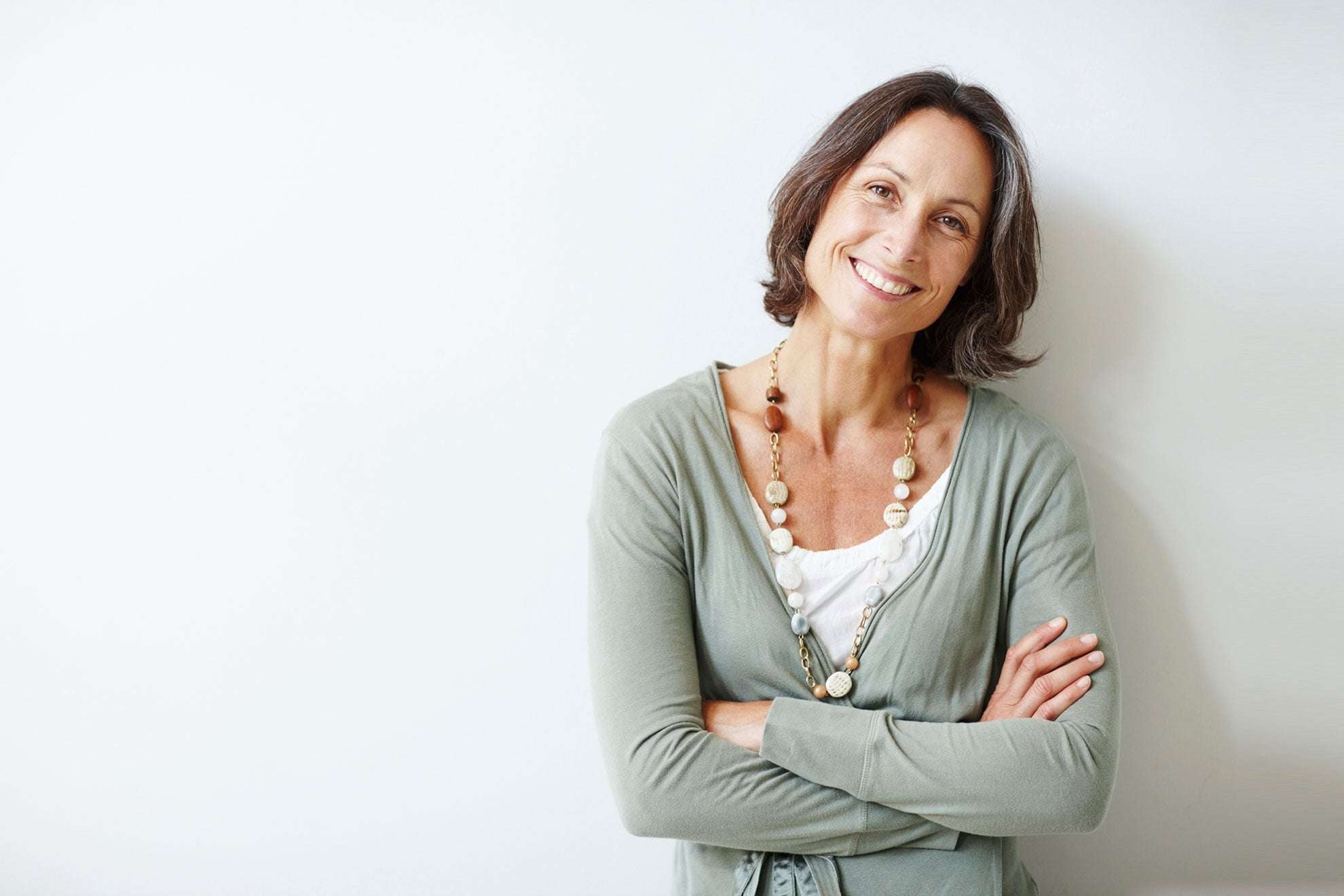Alternative therapies are promoted as being able to support scientifically researched treatments for improving physical and mental health. Color therapy is one of these alternatives that is touted as a way to help people heal, simply by using colors to affect the person’s mental or physical state.
When trying to find the treatments that are most likely to help an individual achieve recovery from mental health disorders, including addiction, it is important to take into account the research and evidence behind each method. For that reason, exploring the science and understanding behind color theory and color therapy can help an individual determine whether or not it is a relevant or helpful treatment for mental health and mood issues.
Understanding Color Theory
Color theory is the idea that the colors a person is surrounded with can have an effect on the person’s health – whether physical or mental. Color psychology is based on the idea that the colors a sighted person is exposed to can have an effect on that person’s emotions and even on the individual’s health.
In color theory, every color – from white to black and everything in between – has an effect on how a person thinks, acts, and responds to various stimuli in their world.
Benefits of Color Therapy in Healthcare
Color theory is used in a variety of industries to influence the way individuals behave and think in those environments. In healthcare, color theory is used to create environments that feel safe, healing, and inspiring. As discussed by Healthcare Design Magazine, color theory is commonly used in hospital design to encourage:
- Patient healing and motivation
- Facility efficiency and efficacy
- Healthcare staff motivation and efficiency
As an example, hospital settings are often decorated in soothing, cool colors, such as pale blue and green. This is thought to foster a relaxing environment that enables rest, encouraging faster healing.
Color Psychology as Therapy
According to the Art Therapy Blog, the use of color to help people heal goes back to the ancient Greeks, Egyptians, and Chinese, all of whom used color to try to affect the mental states of people through the colors used to decorate rooms, the incorporation of natural colors to induce a calm state, and the use of light to balance mental states. In fact, for at least one condition – seasonal affective disorder, or SAD – research has shown that light therapy can help to mitigate the depression and anxiety caused by the disorder, as referenced by Mayo Clinic.
Similarly, it is believed that different colors can induce specific emotional or mental states that can change mood, the level of anxiety, or the individual’s perception of a situation.
History of Color Therapy
An article in Scientific American discusses the “color cure,” which was first used in a mental asylum at a place called Wards Island in an attempt to cure mental illnesses like depression or melancholy (in bright, red rooms), violent behavior (with calming blue or green), insanity (using purple rooms), or mania (with black rooms).
The results of these color therapies were never fully documented, but various empirical comments note that, for example, red would help a person struggling with melancholy to become more animated and involved in the environment, while pale blue or green would calm someone who was agitated. This is the historical basis behind color therapy, or chromotherapy.
Color Therapy Controversy
- While color therapy is still used in a variety of applications, there is a lot of evidence from research that it doesn’t have the effects attributed to it. For example, according to the Center for Healthcare Design, the effects of color can be subjective based on cultural history and understanding. This can influence the effect that a particular color has on a particular individual, throwing a question on the idea that specific colors have an intrinsic psychological response.
-
Nevertheless, color may affect individuals within the cultural context, making the idea of color therapy valid while still requiring it to be based on the individual’s cultural background. More research is required before the validity of color therapy is acknowledged. That said, if an individual feels motivated or encouraged by the use of color therapy, the value of individual impact should not be ignored.
Research-Based Color Therapy Treatments
Whether or not color therapy is a valid model, it may be a helpful component of a treatment plan for individuals who feel connected to particular colors. With a research-focused treatment program, the preferences and motivating factors for the individuals involved are taken into consideration in creating a customized plan for the person. Finding the right treatment program for the individual is the first step on the path that is most likely to lead to recovery from the individual’s mental health disorders, leading to a more productive and hopeful future.
If you or someone you love is struggling with addiction and are ready to take the first steps towards recovery, call us today at . Desert Hope, American Addiction Centers’ substance addiction rehab in Las Vegas, Nevada, is ready to help you get the treatment you need today.
By Staff Writer – November 16, 2018
The world is full of color, and like everyone else, you have your own likes and dislikes. You may have noticed that certain colors can alter your mood. What you may not realize, though, is that color can affect you subconsciously as well.
In many cultures, color is used to promote health and wellness. For instance, some practitioners of feng shui and acupuncture incorporate the use of color in the form of gemstones, candles, fabrics and prisms. This practice, which is known as chromotherapy, is a form of alternative medicine that uses color and light to restore imbalances in an individual’s physical, mental, emotional or spiritual energy.
How different colors can impact your well-being
Different colors can produce different physical, emotional and psychological effects. While some colors are calming, others are stimulating. Surrounding yourself with appropriate colors can help you harness their unique benefits, such as stress reduction. Consider the potential effects of some common colors:
- Red – An exciting and stimulating color, red is often associated with passion and can be used to lift your spirits when you experience an emotional slump.
- Pink – A soft and tranquil color, pink can inspire a calming sense of peace and balance.
- Orange – Similar to red, orange is an intense and stimulating color that can make you feel invigorated.
- Yellow – Softer than red and orange, but still sunny and cheerful, yellow can both improve your mood and counteract stress.
- Green – Quiet and restful, green is a soothing color that can invite harmony and diffuse anxiety.
- Blue – A highly peaceful color, blue can be especially helpful for stress management because it can encourage a powerful sense of calm.
- Purple – In many cultures, shades of violet represent strength, wisdom and peace. Purple can invoke a tranquil feeling that helps reduce stress.
- White – Symbolic of purity and freshness, bright white can inspire mental clarity (on the other hand, dull white can cloud your emotions).
- Black – An elegant color that can represent power or submission depending on the circumstances, black should be used carefully because it can encourage either extreme.
Learn more about the Arts in Medicine Program.
It’s around two years since the COVID-19 pandemic started. For many of us, staying at home has been the best thing to do to help prevent the spread of the virus. It also means we’ve been staring at the same four walls for what seems like an eternity. Which could be having an impact on our mental health.
With awareness around the topic of mental health continuing to increase, we now know a lot more about the effect that a lockdown can have on our overall well-being. Which raises the question, is there something we can do about it by adapting our living spaces to better cope with being stuck at home?
Color psychology is an important factor when considering how our surroundings can affect our mental health. In essence, it takes into account how various colors can influence our state of mind – as well as our emotions and behaviors. When faced with a prolonged global pandemic, good health and well-being are of even greater concern, as reflected in the United Nations Sustainable Development Goals (SDGs), one of which focuses on ensuring healthy lives and promoting well-being at all ages (SDG 3) as part of its sustainable development framework.
Studies have shown that blue and green can create a calming atmosphere; orange and yellow can stimulate appetite; red and pink can inspire passion and energy; while purple can boost creativity and productivity. However, everyone’s feeling towards a color is unique, because it’s often rooted in personal experiences or culture. Given that color can have such a powerful impact on our moods, feelings and behaviors, it’s well worth investigating which colors can positively influence our mental health during periods of prolonged isolation.
Our Dulux brand offers more than 2,000 color choices in the UK alone. This kaleidoscope of hues and shades can bring color psychology to life, helping to transform living spaces that meet people’s individual needs.
When it comes to selecting colors, choosing earthy green tones and mixing them with blues can provide a relaxing and rejuvenating environment for the mind and body. Let’s look at the bedroom, for example. It’s where we sleep and revitalize ourselves. It’s a place that should embody peacefulness to enable better quality sleep. So an ideal choice for a bedroom is a calming shade of light blue, paired with a cool shade of green. This combination can create a peaceful and serene space for the body to be at ease while reducing stress and anxiety.
Another area where many of us spend a lot of time and energy is the study or home office. This is a space where we tend to be at our most productive, so it’s important to make this an environment that encourages creativity. Color psychology suggests that using complementary light purple and off-white colors for the main wall and ceiling skirting is perfect for creating a calming and productive environment in which both adults and children can work and study. The elegant white complements the bright purple and gives the room a timeless aesthetic, while also encouraging creativity and productivity.
Now let’s move to the living room. This should be an energetic and engaging environment, as the living room is where most people socialize and spend time together. Using earthy tones can create just the right mood.
Whatever shade you decide on, it’s important to remember that the colors we choose to surround ourselves with can play an important role in maintaining our overall mental well-being.



